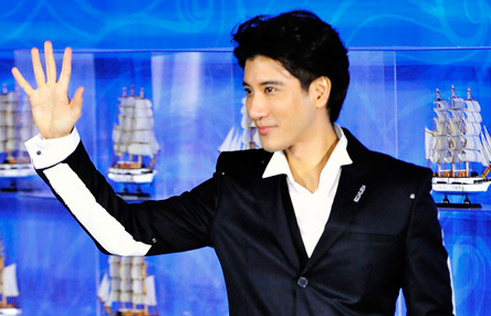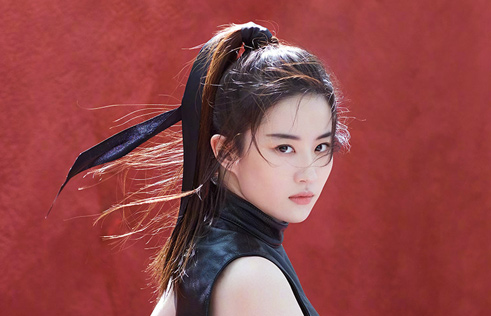Quirky museums tell the capital's history
By louise Watt Associated Press ( China Daily ) Updated: 2016-04-09 07:26:47
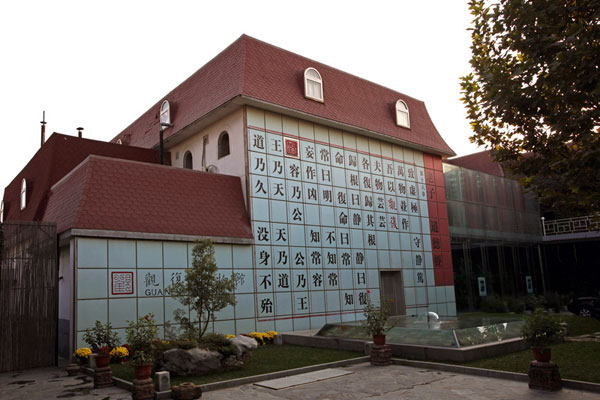 |
|
Guanfu Museum is an art museum in Beijing. It was among the first private museums in China. [Photo provided to China Daily] |
Enthusiasm
"It's not like big State-owned museums. You don't need to buy a ticket to enter some sort of grand hall and stroll through different chambers," he says. "Here many of the old objects displayed might have been the kind of things used by Mr Wang himself when he was a kid, so you can feel his enthusiasm, which is the key thing that distinguishes it from other museums."
As China grows richer, wealthy citizens, banks and private businesses have invested in Chinese art and started museums to display their wealth or patriotism. Others, such as Luo Wenyou, opened their collections after their pastimes evolved into callings.
In 1998, when he already owned about 70 old cars, Luo took part in an 800-kilometer rally from the northeastern city of Dalian to Beijing, his iconic Red Flag sedan the only Chinese car in the event.
Having learned about vintage car associations and museums outside China, and inspired by shouts of "long live Red Flag", Luo decided he was honor-bound to preserve the legacy of China's early motoring history.
"I had a karting track, a transport company and a garage. After the rally I sold them off cheaply in order to immediately start a vintage car association and later found the museum, to fill the gap," says Luo. "I felt this was my personal duty." His museum opened in 2009 and he now boasts more than 200 vintage Chinese and foreign cars.
Some of Luo's cars have stories from China's recent history. They include a car Chairman Mao refused to ride in until the brand's Romanized name on the hood was replaced with Chinese characters and a car found in an overgrown patch of grass that had been assigned to former president Liu Shaoqi. The latter vehicle still had broken windows from when Liu was pursued by Red Guards during the "cultural revolution" (1966-76).
Luo lives at the site with his wife so he can open up outside normal hours for visitors traveling from afar. "Even if just one person comes we will open, even though the entrance fee won't cover the electricity," he says.
|
|
|
|
|
|
|
|






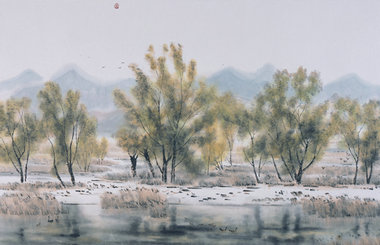
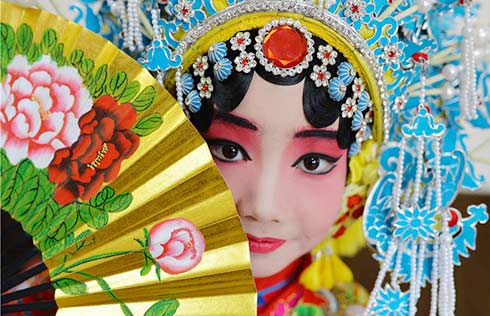
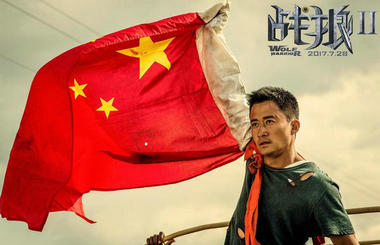



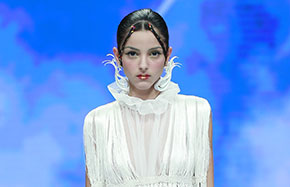

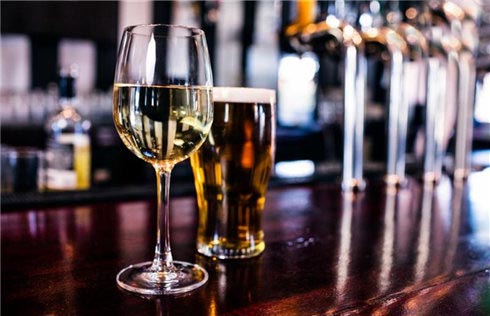


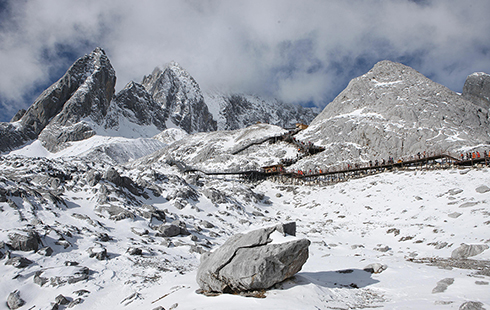







 Raymond Zhou:
Raymond Zhou: Pauline D Loh:
Pauline D Loh: Hot Pot
Hot Pot Eco China
Eco China China Dream
China Dream China Face
China Face
